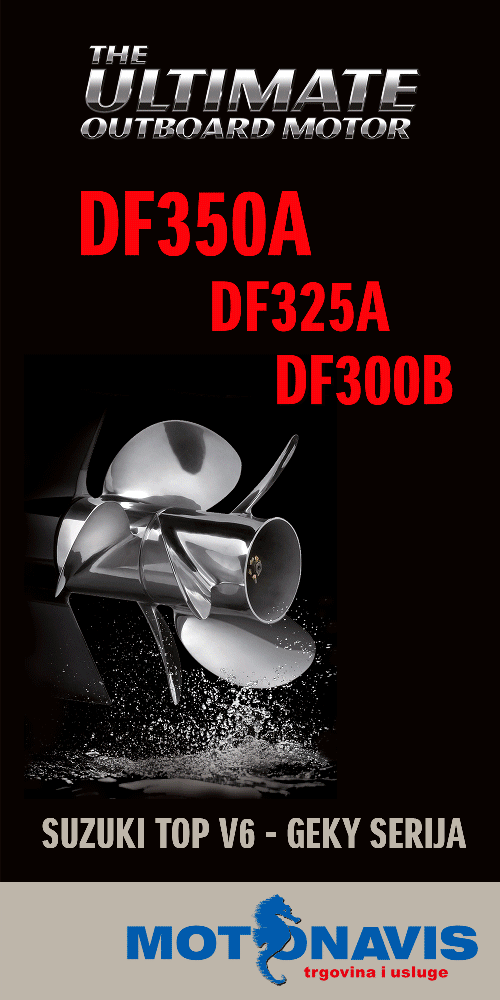Engines don’t like to be idle, even for three or four months over the winter. BoatUS Marine Insurance claim files contain many stories of engines that froze and failed after skippers failed to winterize their engine properly. Generally, engine blocks that freeze and crack are not covered by a boat’s insurance policy.
But even if the engine makes it through the winter, a half-hearted winterizing effort will come back to haunt you as the engine gets older and wears out prematurely. Unless it is winterized properly, moisture, acids and corrosion will continue unabated. Winterizing the engine is one job that is truly critical; follow the steps below and consult your manual for specifics.
Oil and Fuel Systems: Gas and Diesel
Step 1: Change the Oil. Residual acids and moisture left in the crankcase over the winter will pit bearings and other vital engine parts, so it is important to change the oil just before laying up the boat. For best results, run the engine for a few minutes to lower the oil´s viscosity. Shut off the engine, change the oil, and replace the filter. Rubbing oil on the filter´s gasket will help it seat better.
Restart the engine and run for about a minute to circulate the fresh oil to internal parts. While it´s running, check to make sure the oil filter isn´t leaking.
Step 2: Replace the Fuel Filters. Replace the fuel filter and change the fuel filter canisters. Like the oil filter, the fuel filter should be checked for leaks while the engine is still running.
Diesel Engines
In one way, diesel engines winter over better than gasoline engines-no carburetor or ignition system. At the same time, there is more at risk to the ravages of rust and corrosion. Beside being a very expensive piece of machinery to rebuild or replace, a diesel has components that require professional, factory-trained service people to work on such as the high pressure fuel pump , fuel injectors, and on many modern engines, a turbo charger. The fuel system on a diesel is also very critical and demands an extra degree of attention.
Small Sailboat Diesels: change oil, transmission fluid, and filters. Drain and clean all fuel filters. Replace fuel elements and gaskets. Bleed all air from the fuel system. On engines equipped with a hand crank, "fogging" can be done by slowly pouring about two ounces of engine oil into the intake pipe or manifold while hand cranking the engine. DO NOT use the starter to turn the engine while pouring the oil or serious engine damage could result. Tape the openings of the intake and exhaust manifolds to keep moisture out of the cylinders.
For large diesels, fogging the engine or squirting oil in the cylinders should NOT be attempted unless specifically recommended by the manufacturer. It is usually preferred to drain the raw-water system rather than filling with anti-freeze. Be sure to drain from all low points. Remove the water pump cover and impeller. The blade of the impeller bent against the pump housing may take a set during storage.
In the spring, diesels, especially large engines, can benefit from some extra steps before starting. 1. Prime the raw-water pump to prevent it from starting dry. 2. Remove the air intake screen to reach the turbocharger. Disconnect the pressure line at the turbocharger. Using an oilcan, pre-lube the turbocharger bearings while turning the turbocharger by hand. Reassemble. 3. Prime the fuel system with clean diesel fuel. Rotate the engine 180 degrees and reprime to ensure fuel has passed through the injectors. They depend on fuel for cooling and lubrication. 4. Check to see that injector racks, stop lever, and emergency shut-down are working freely. 5. While holding the stop button in, crank the engine for about 15 seconds. (Never crank a starter more than 30 seconds.) Repeat this four or five times to circulate oil. Start normally. (www.boatus.com/seaworthy/win






















